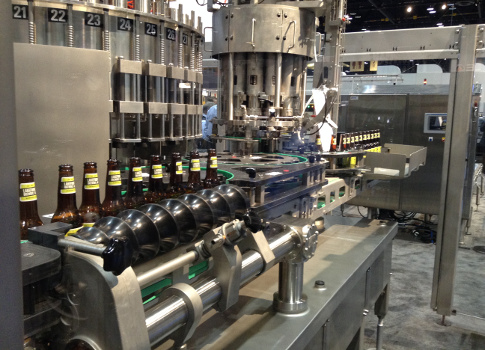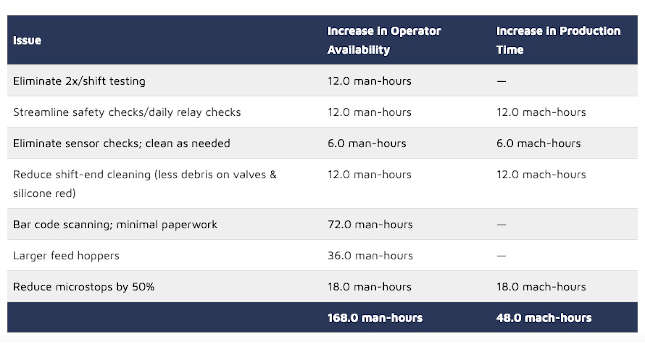Are your employees ready for the Lean journey or suffering from too many Kaizen events? Before you can ever be successful in integrating Lean practices, it’s important to first understand why employees come to work each day.

Are your employees motivated by the thought of your next Lean event, or do they feel as though they are suffering death by a thousand Kaizens? A company I recently visited was clearly in the latter category, but managers and leadership within the company weren’t aware of it. It was only after speaking with several employees that it became clear that the nearly one dozen Kaizen blitz events introduced during the past year actually had served to diminish employee motivation and interest in Lean rather than improve it.
Have you been involved in one too many Kaizen events? A Kaizen event can be a risky venture. On the one hand, they yield significant improvements in workflow efficiency in a short period of time and leave employees feeling energized and excited from the experience. On the other hand, these results can become addictive for executives, leading to the belief that ongoing blitzes and events are the fastest way to drive continuous change and improvement. To employees, the entire experience can begin to feel overwhelming and ineffective.
If you’re beginning to consider whether or not you’ve gone Kaizen crazy, consider these three questions as they pertain to how you’ve positioned Kaizen as a tool for improvement.
1. Are your goals clear?
When Columbus set sail for East Asia, his objective was simple: to find a new route to Asia in order to increase trade opportunities. Proving to scientists that the world was not flat was only a benefit of achieving this objective. Are you clear on your goals for engaging in Lean? If increasing productivity or reducing costs are not your objectives, then you’re not clear on your objective, because these are outcomes. Being clear on objectives allows for the selection of the right tools and the right approach at the right time.
2. What’s the benefit to your employees?
A young employee recently confided in me that he felt too many employees at his company were there to support Bob, the owner. He said, “This is wrong. We should work here to benefit ourselves, not the business owner.” His comment is a perception that he holds, and that, in turn, influences the decisions he makes while at work. The amount of effort he exerts will be determined based on the extent to which he believes that Bob is helping to benefit his personal objectives. Every employee has different reasons for staying in his or her job despite various frustrations that may occur on a daily basis. Before you can ever be successful in integrating Lean practices, it’s important to first understand why employees come to work each day. Underlying this answer is the key to aligning employee benefits with the benefits achieved through Lean, and offers the starting point to build engagement and participation.
3. Are you prepared to hand over the reigns?
Lean is not a management initiative; it’s an employee opportunity. Lean offers the insights and tools to improve how work is done, which should reduce employee frustration and make for more simplified and less frustrating work. For this reason it’s critical that employees are handed the reigns to make decisions that influence their work. Specifically employees must be given the opportunities, resources and support to effect the changes they feel are necessary. Leadership must then be willing to hand over the reigns to empower employees to make decisions, take action and effect change. Are your frontline and middle managers ready to hand over the reigns?
Death by a thousand cuts might seem bad, but try participating in an unplanned series of Kaizen events where objectives are unclear, value is weak and there is little opportunity for employees to take action on their ideas. That is the setting for a slow and painful death. Rather than employees suffering death by a thousand Kaizens, clearly address the three questions above and watch engagement and improvement build as a result.
Shawn Casemore is the president and founder of Casemore and Company, Incorporated. This article originally appeared on AME Target Online Magazine. AME is a CFE Media content partner. Edited by Joy Chang, digital project manager, CFE Media, [email protected]



